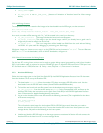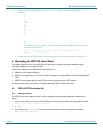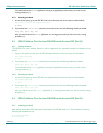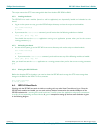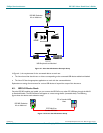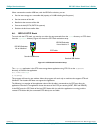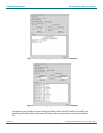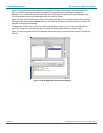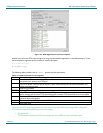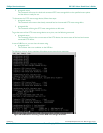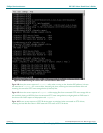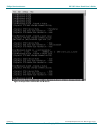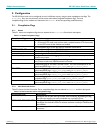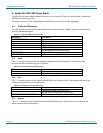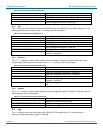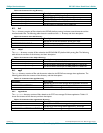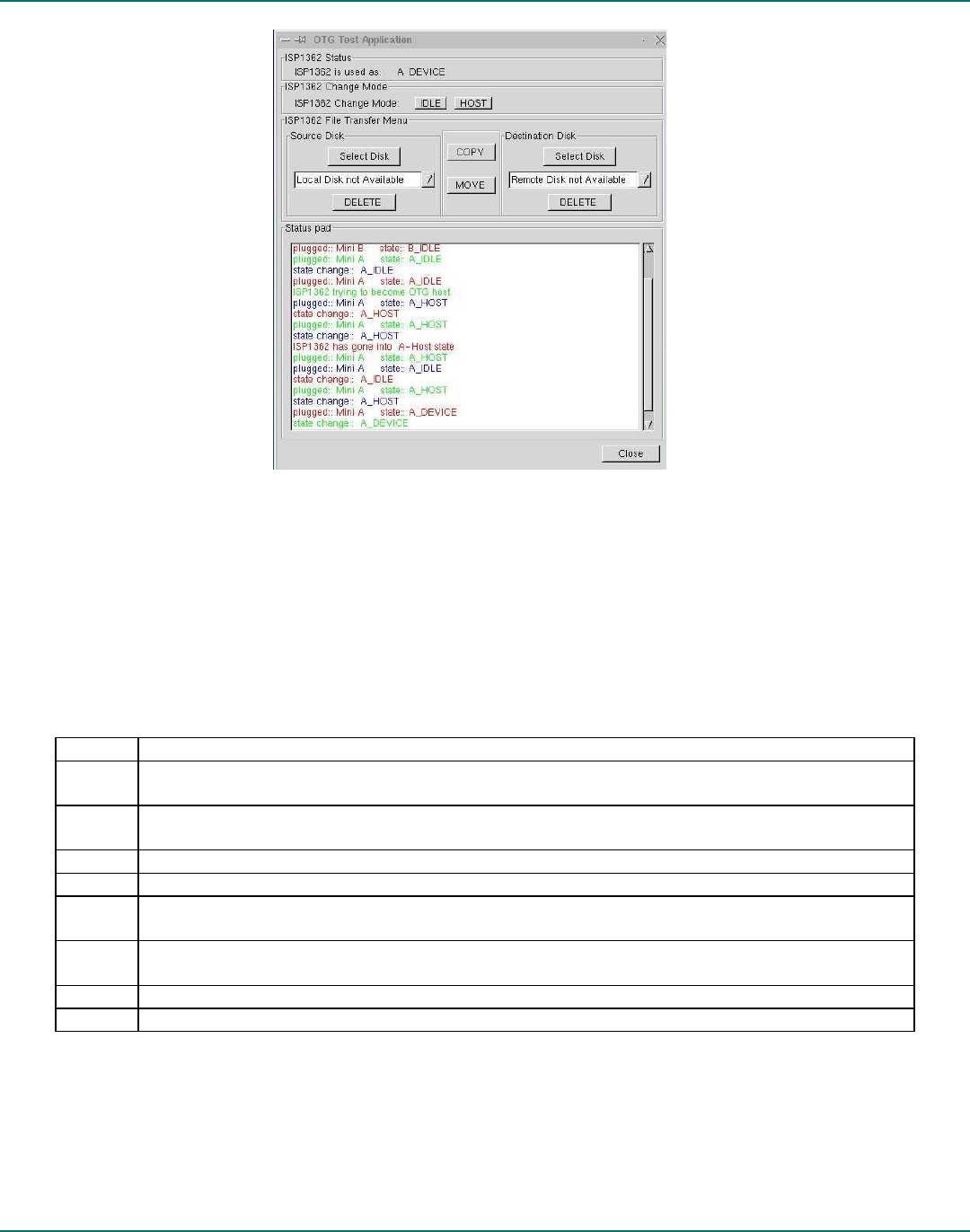
Philips Semiconductors ISP1362 Linux Stack User’s Guide
UM10012-_2 © Koninklijke Philips Electronics N.V. 2003. All rights reserved.
User’s Guide Rev. 1.2—July 2003 26 of 34
Figure 4-7: OTG Application as a Device Snapshot
Another way to use the OTG mass storage is by using the command-line application in the tools directory. To see
the list of options supported by this command, use the help option.
#cd /home/1362/objs
#./otgcmd.o help
The following table provides a list of
otgcmd.o options and their description:
Table 4-1: OTG Command Line tool Options
Option Description
host
Becomes the USB bus host on the OTG port. Once it becomes the host, it enumerates any device
connected to the host on the OTG port
idle
If the OTG device is the bus host on the OTG port, de-enumerates the connected USB device and
comes out of the bus host.
load
Loads OTG modules
unload
Unloads OTG modules
mount
If the OTG device is the USB bus host on the OTG port and the connected device is a mass storage
device, mounts both the local OTG device disk and the remote OTG device disk to the mount points.
umount
If the local OTG device disk and the remote OTG device disk are mounted to the mount points,
unmounts both these devices.
status
Current state of the OTG port and the OTG device disks mount status.
help
Prints help menu.
To operate the OTG mass storage device as a host, connect the other OTG mass storage device through the
OTG cable and execute the following on one of the targets:
1. #./otgcmd host
This command will make the OTG mass storage device as a USB host on the executed target.



